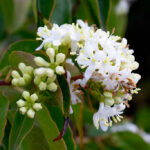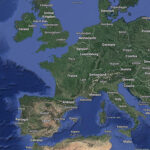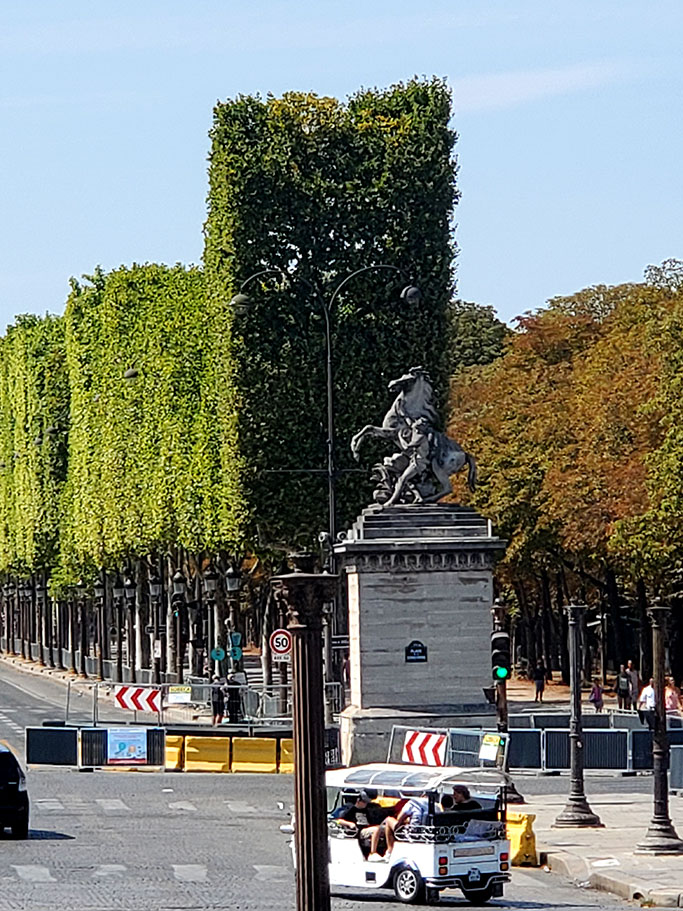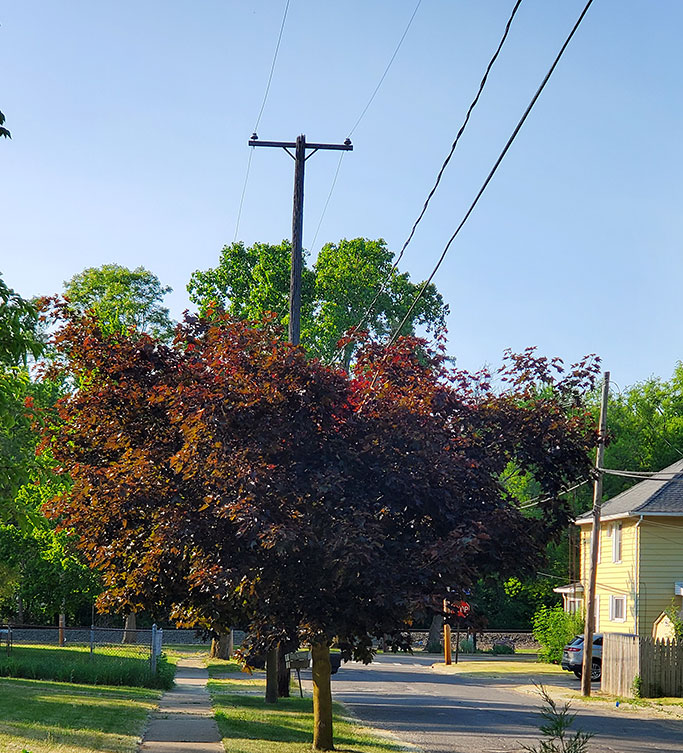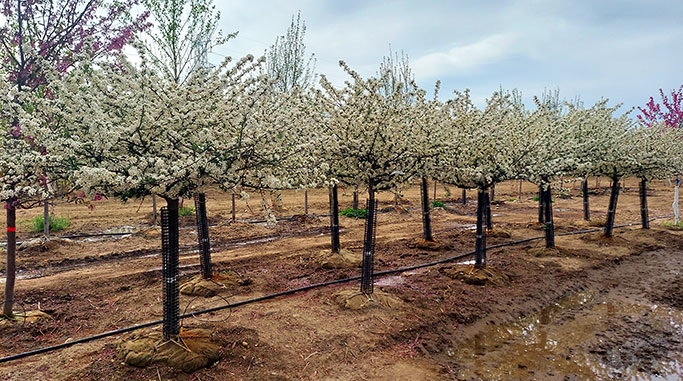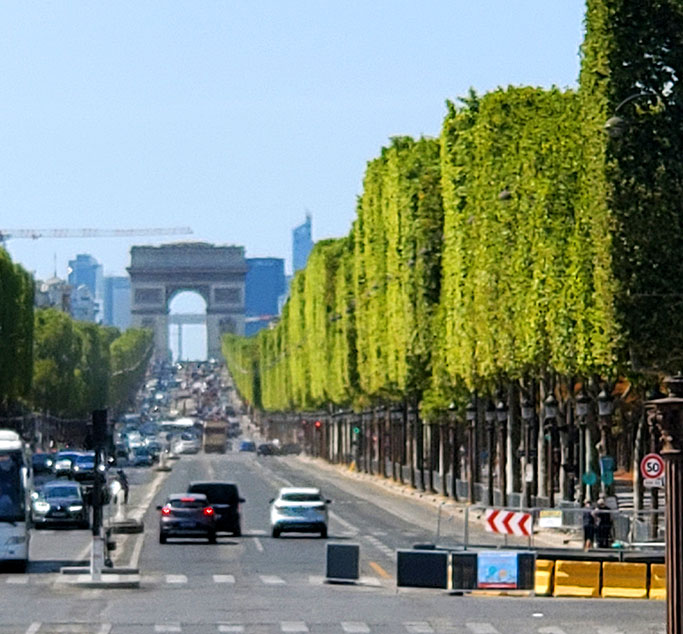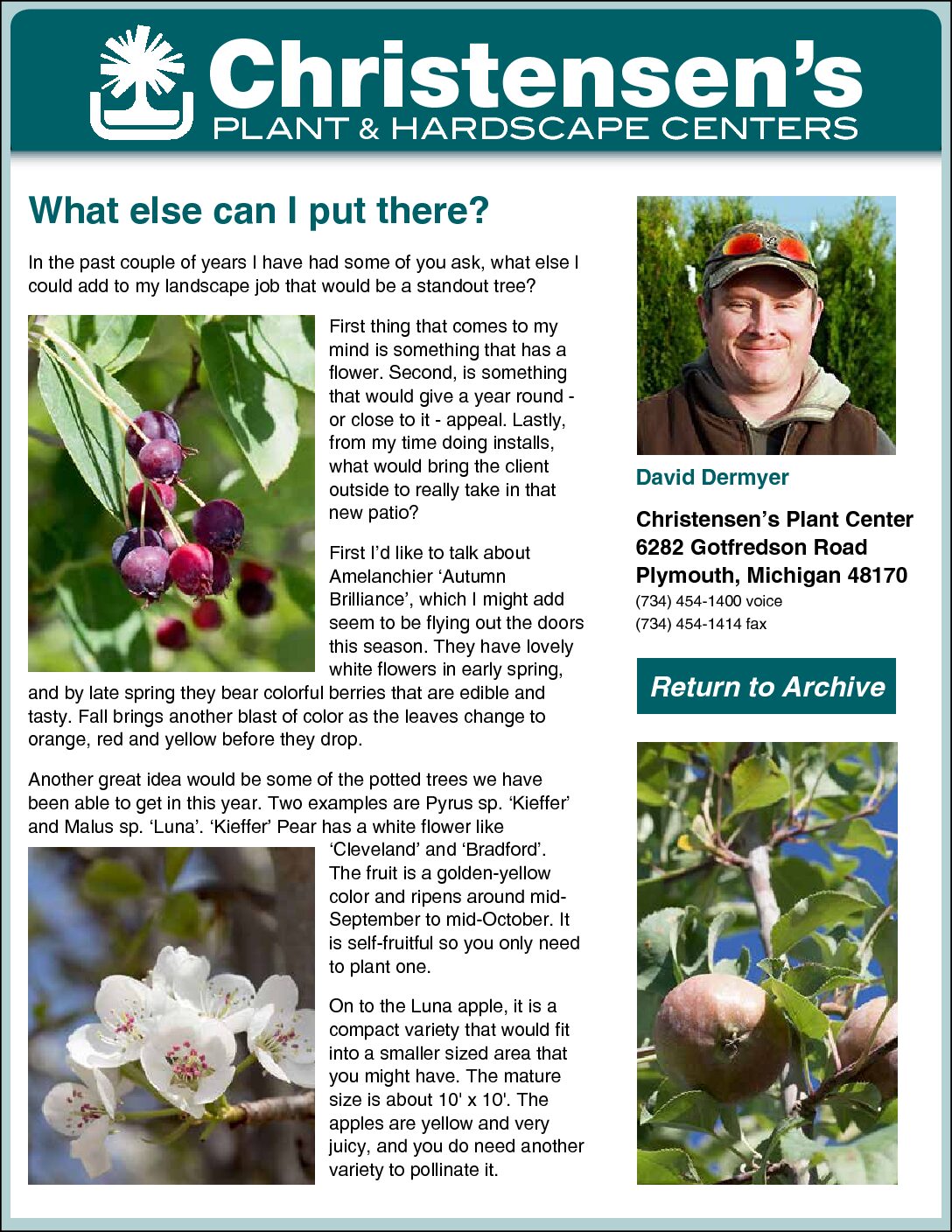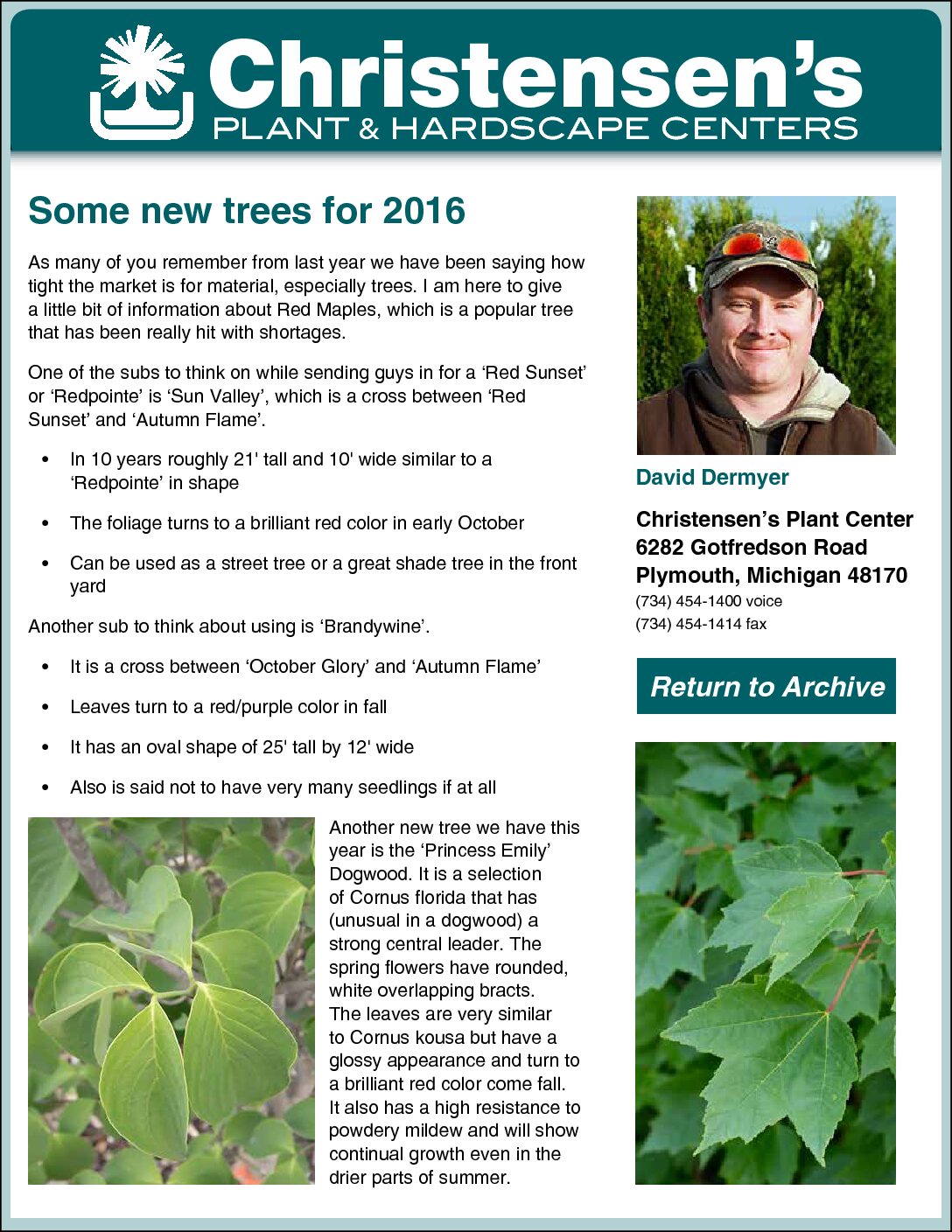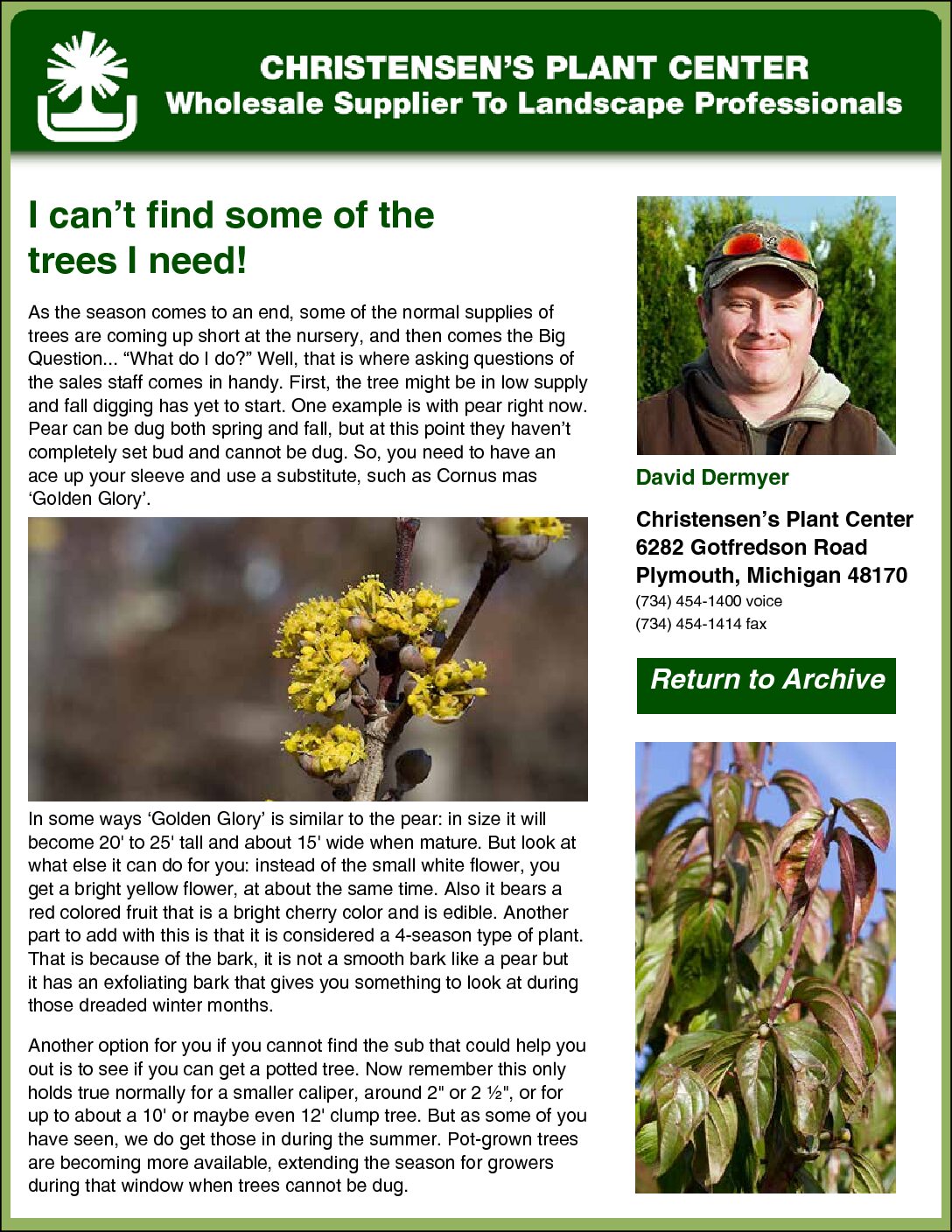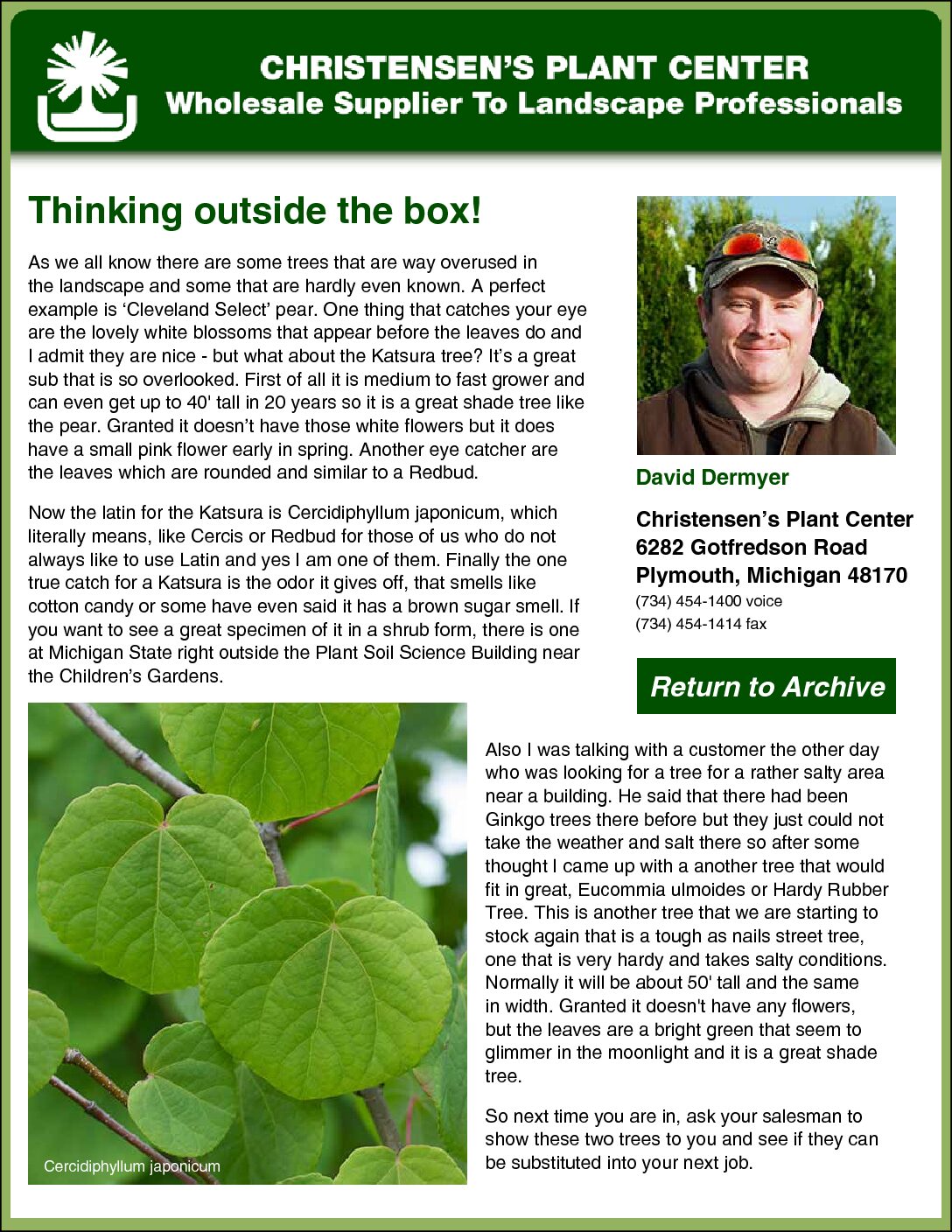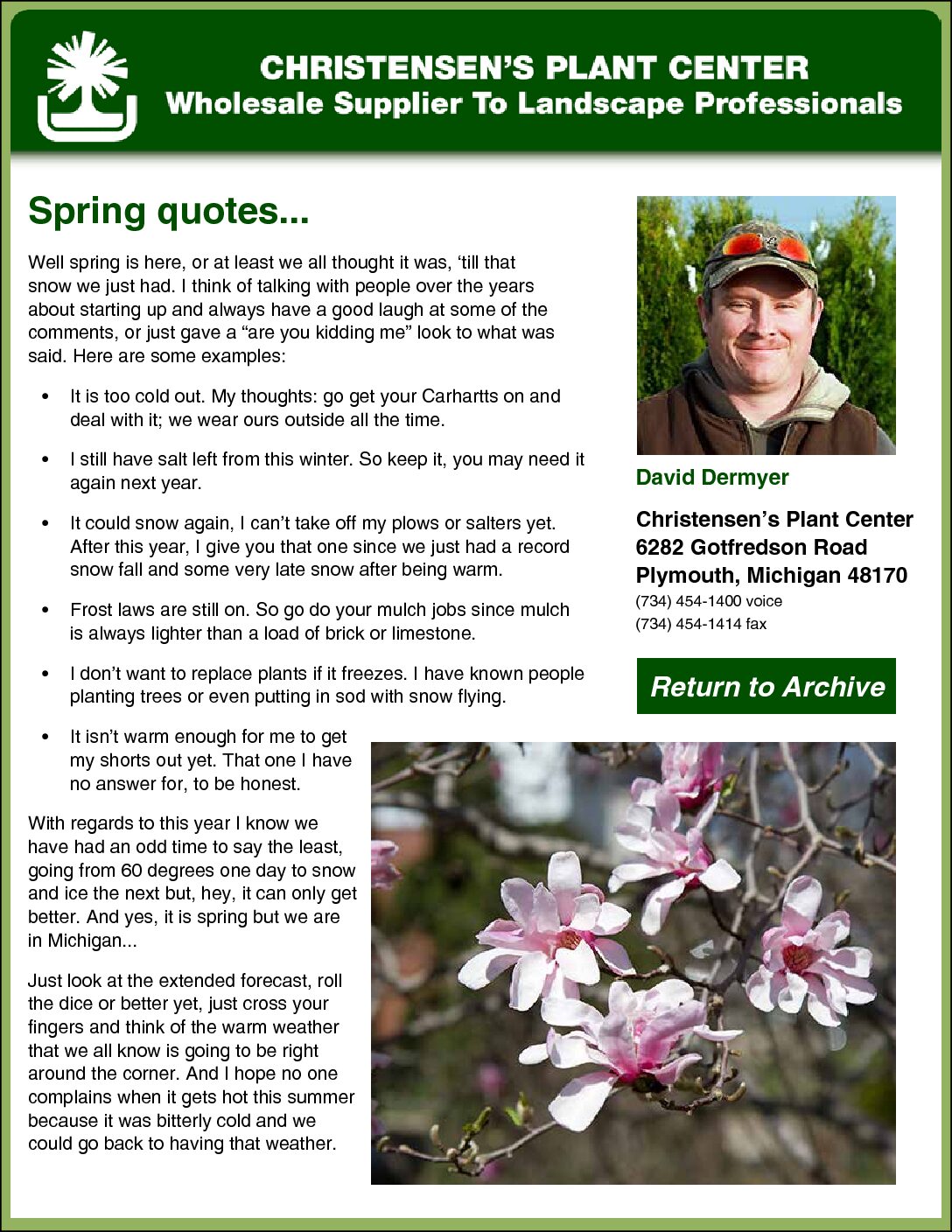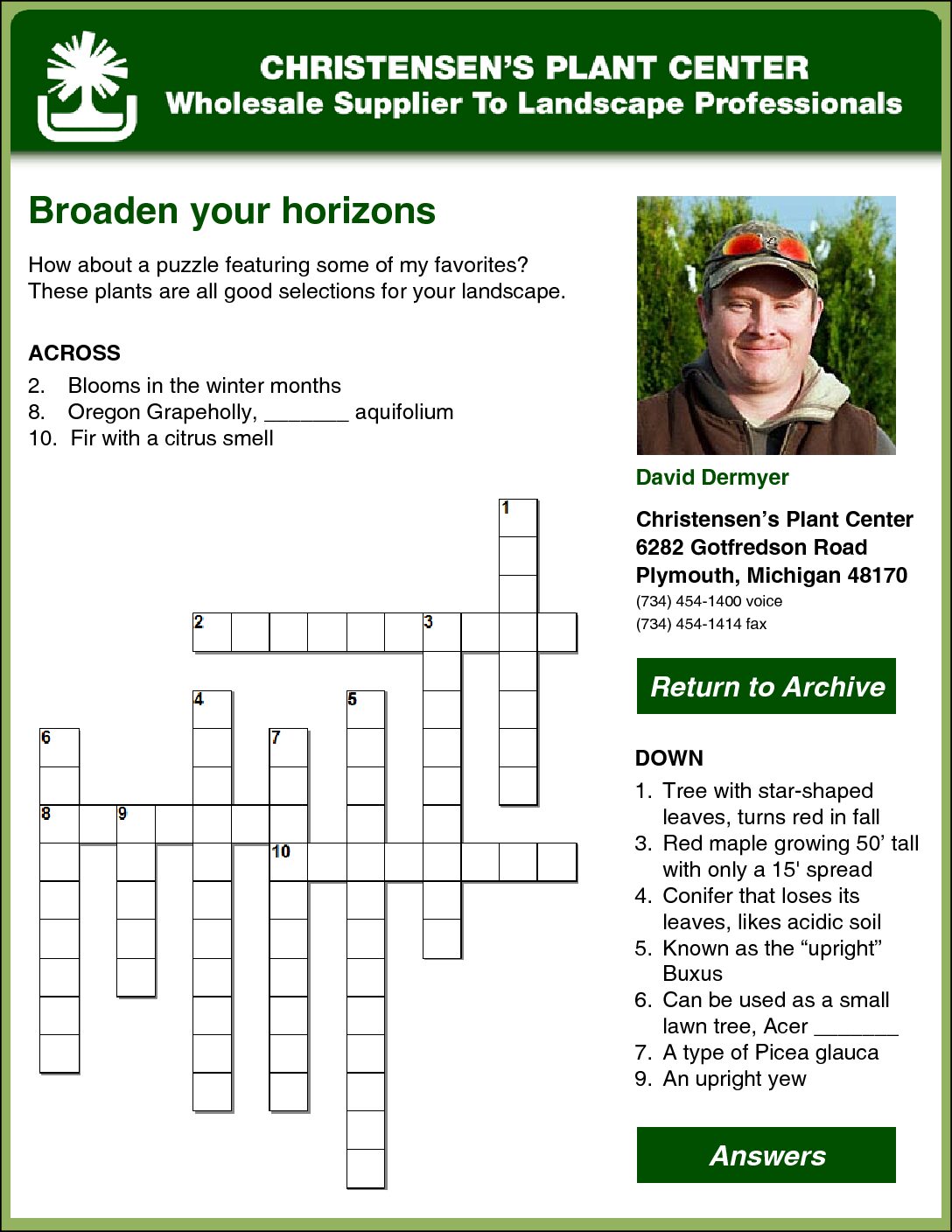Gardening enthusiasts are always on the lookout for unique and visually striking additions to their landscapes. And many homeowners love to be the ‘Joneses’ rather than keep up with them. An inimitable tree that stands out for its beauty and distinctive characteristics is Heptacodium.
Heptacodium miconioides (also known by the original species name, jasminoides and commonly known as Seven Son Flower) is native to China. First introduced to the West by the plant explorer E. H. Wilson in 1907, it would be mostly forgotten until the 1980s when additional seeds and cuttings were brought to the Arnold Arboretum. Most modern Heptacodium in North America can be traced to this shipment. Considered to be rare in the wild, this tree has been gaining popularity in gardens worldwide due to its elegant appearance and unique blooming habits.
The Heptacodium is a deciduous shrub or small tree that typically grows relatively quickly up to 15-20 feet in height, though it can sometimes reach 25 feet under optimal conditions. Its most notable feature is its exfoliating bark, which peels away in thin, papery layers to reveal shades of tan, gray, and brown, adding interest to the winter landscape. In late summer to early fall, clusters of fragrant, creamy white flowers bloom atop the branches, attracting bees and butterflies. These blooms give way to small, purple fruit that persists into late fall. Despite attracting pollinators, it is deer-resistant.
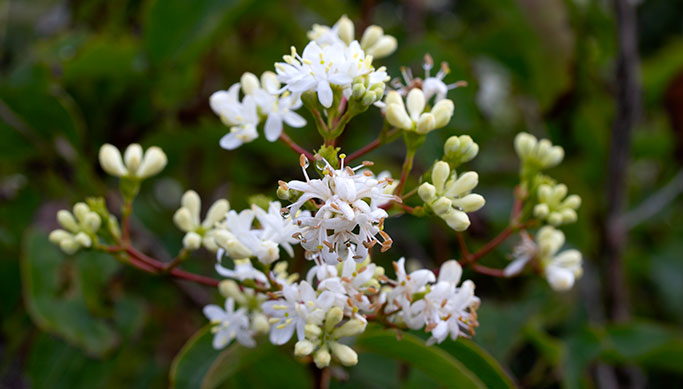
In addition to its ornamental value, Heptacodium holds cultural significance in its native China, where it is often planted near temples and sacred sites. The number seven is considered auspicious in Chinese culture, hence the name "Seven Son Flower."
Heptacodium is adaptable to a variety of soil types but prefers well-drained soil and full sun to partial shade. It is relatively low-maintenance once established and has good drought tolerance. And while it takes to the Midwest environment well (zones 5-9), it is a non-invasive species.
Despite its relative obscurity, but due to its manageable size and attractive features, Heptacodium is well-suited for use as a specimen tree, focal point, or backdrop in gardens and landscapes. It also makes a lovely addition to mixed borders, where its late-season blooms can complement other flowering plants.
The Seven Son Flower is an excellent special-order option from Christensen’s. While it is gaining in popularity, we do not stock this variety (yet). However, we are happy to bring in what you need, just ask!

